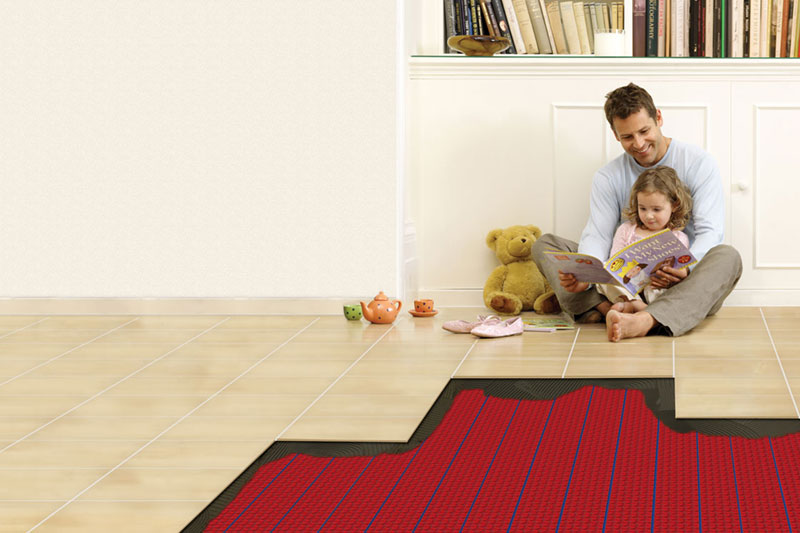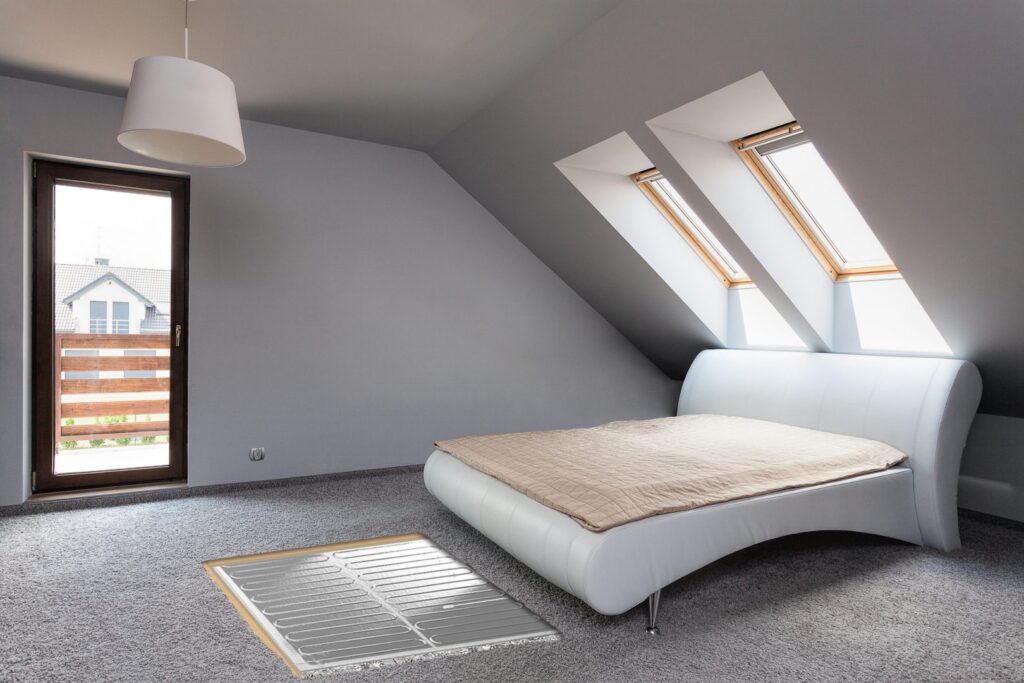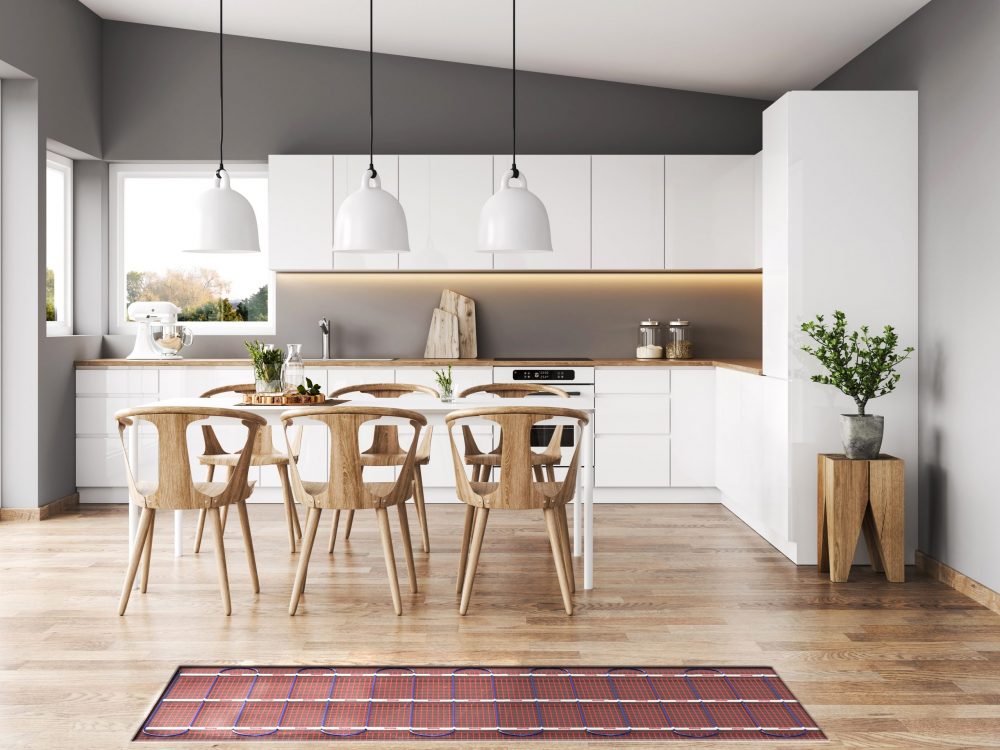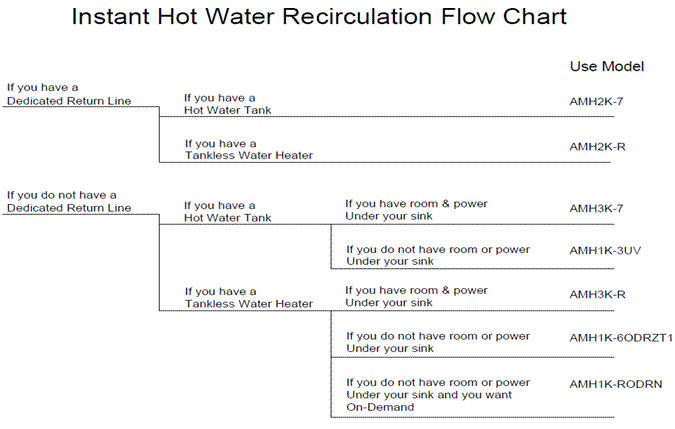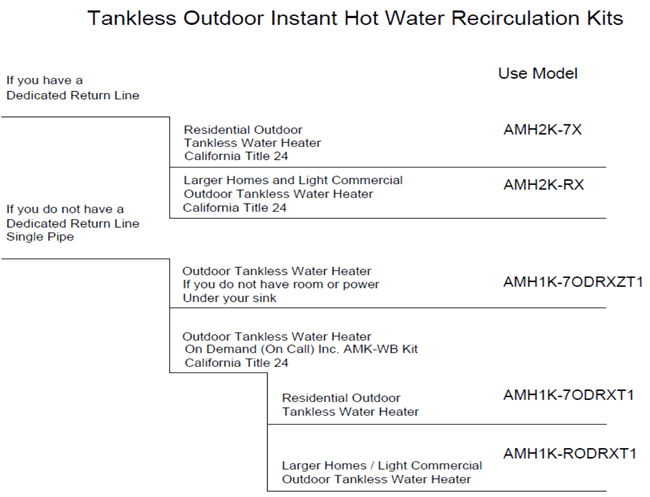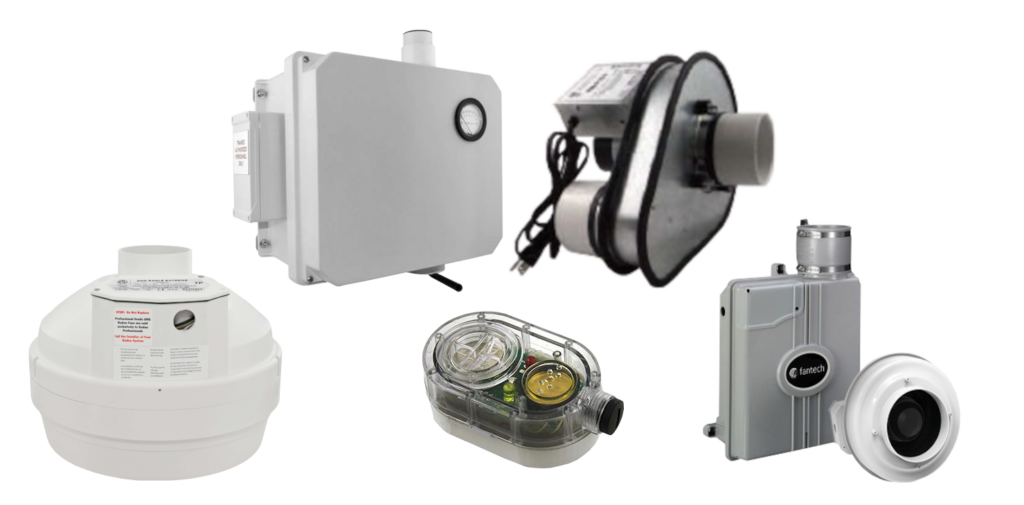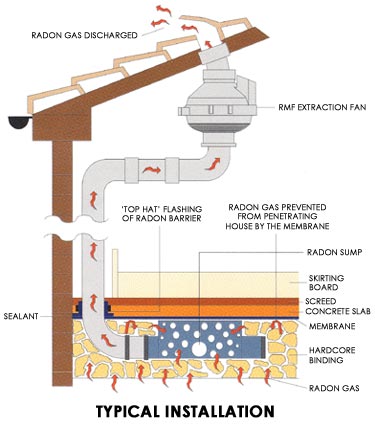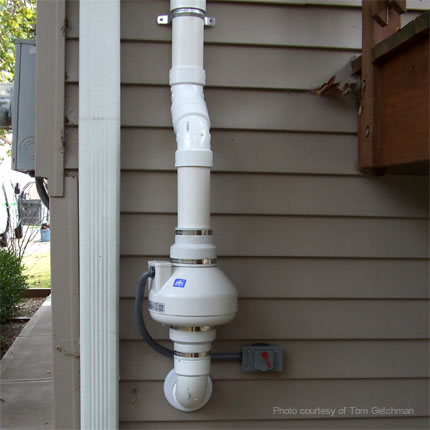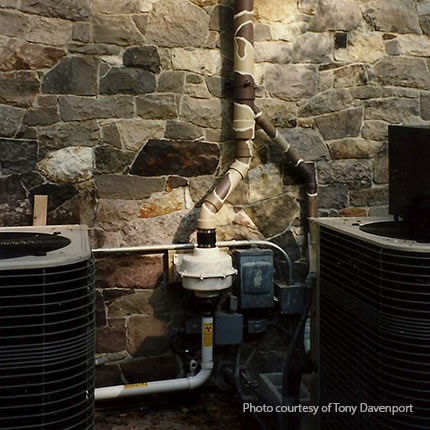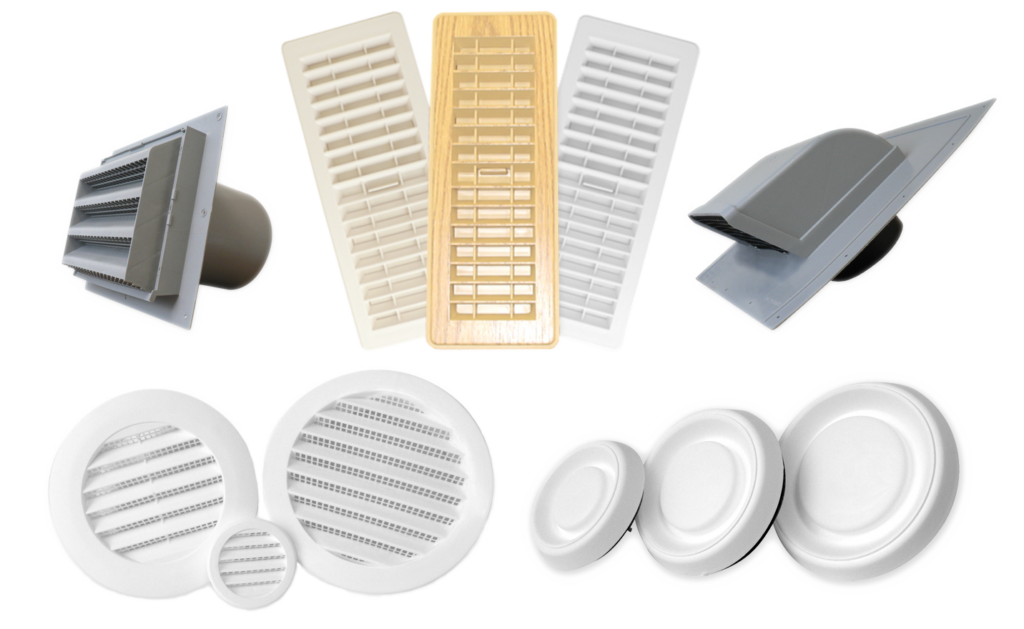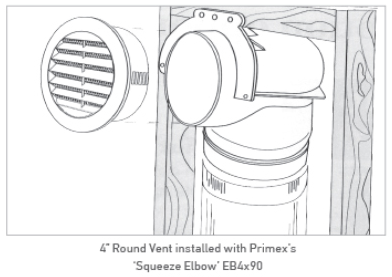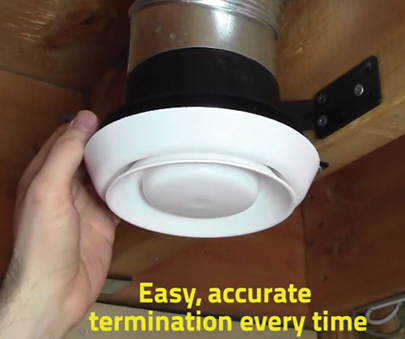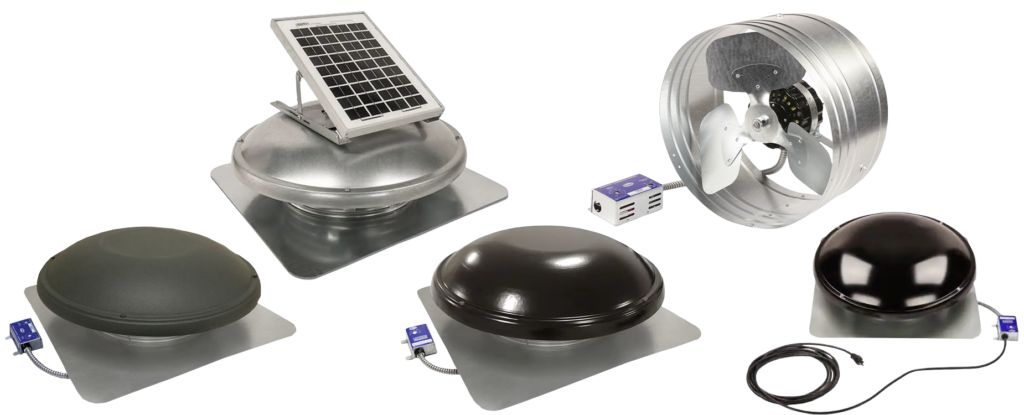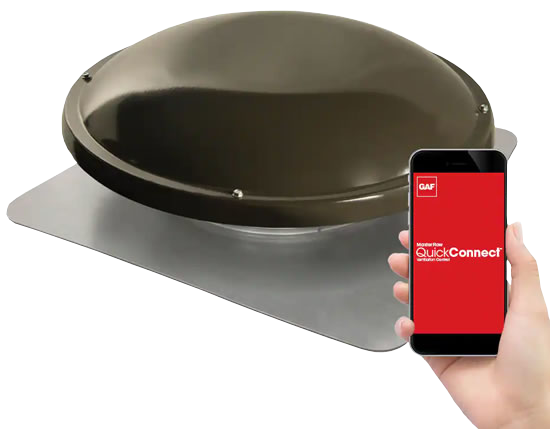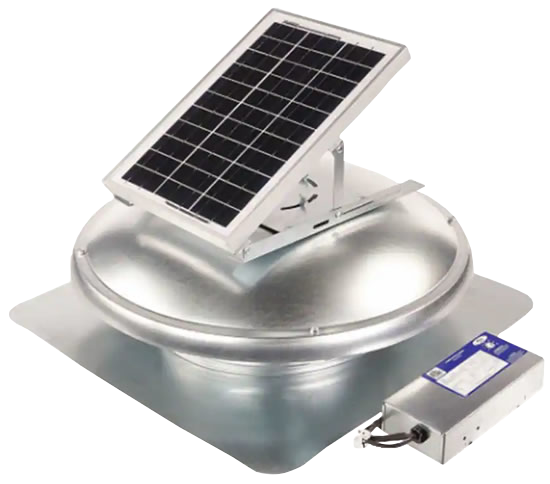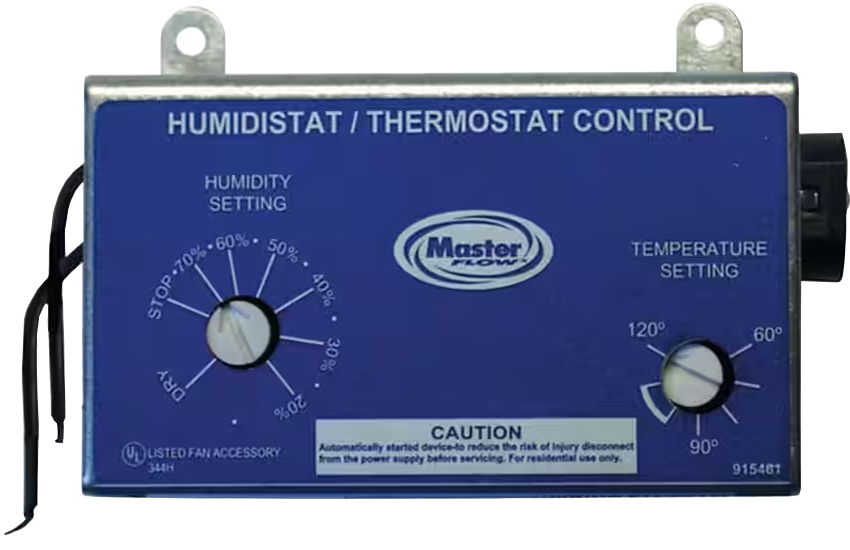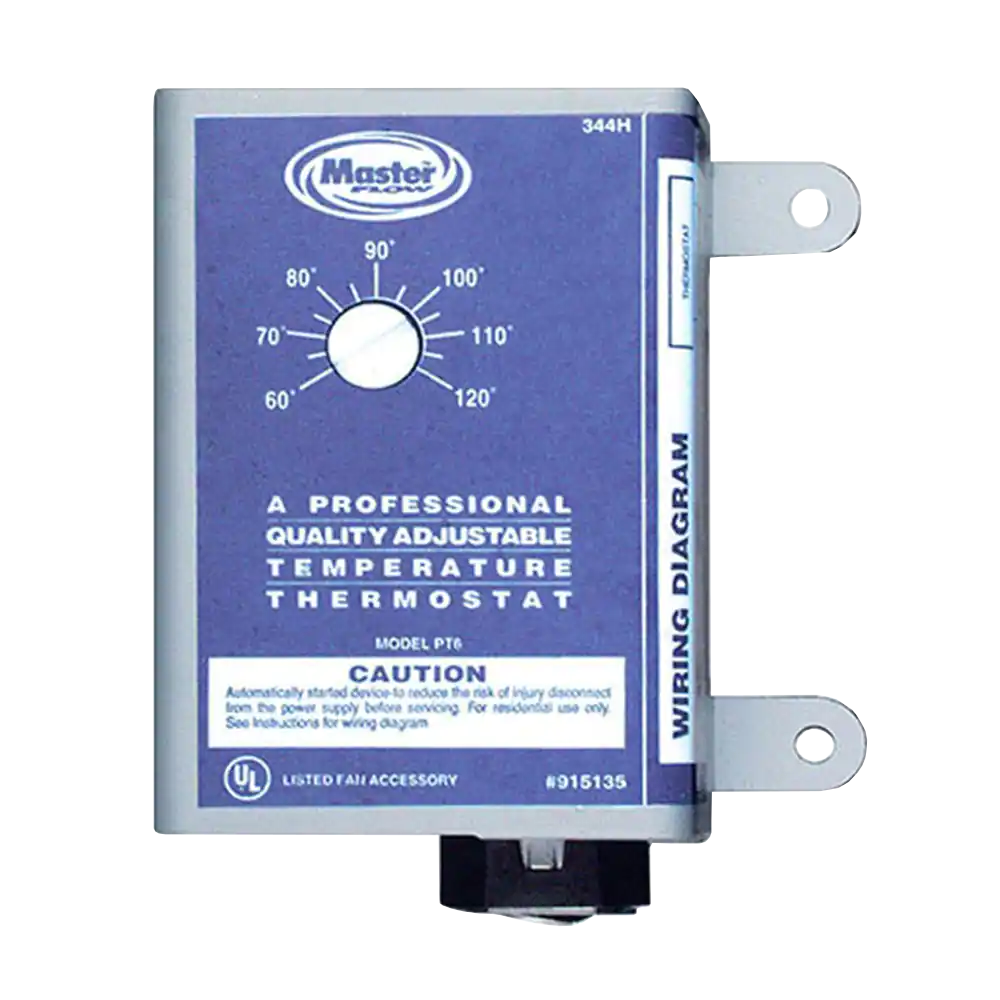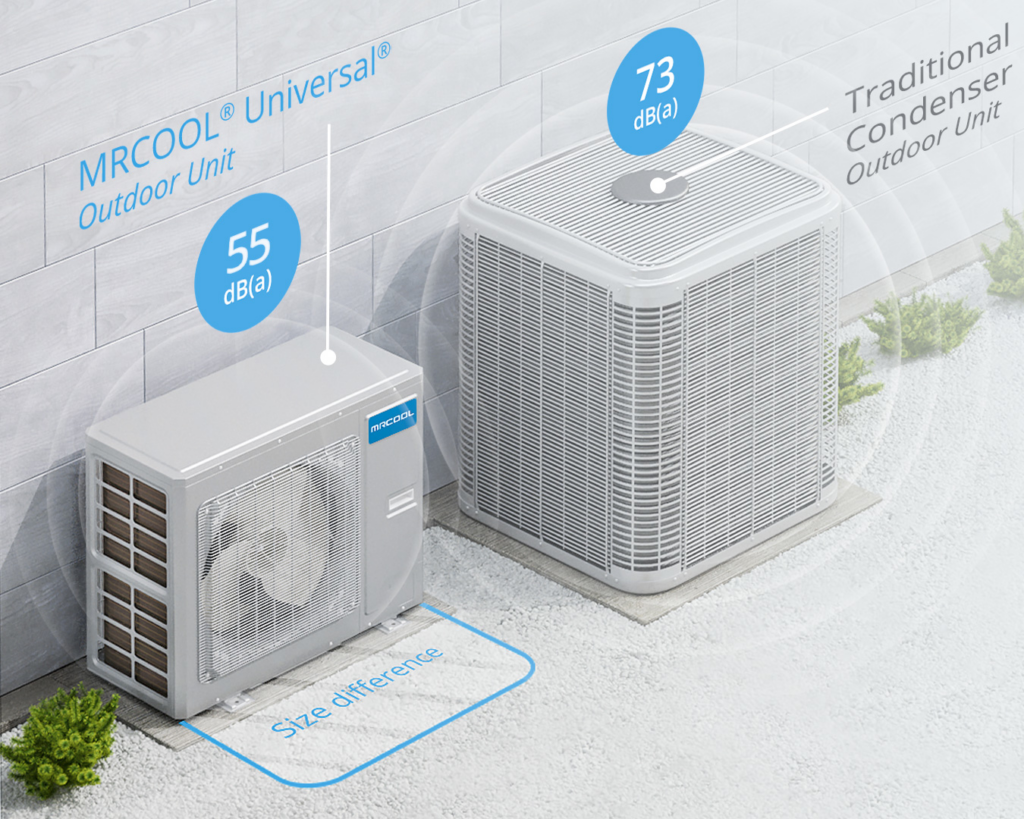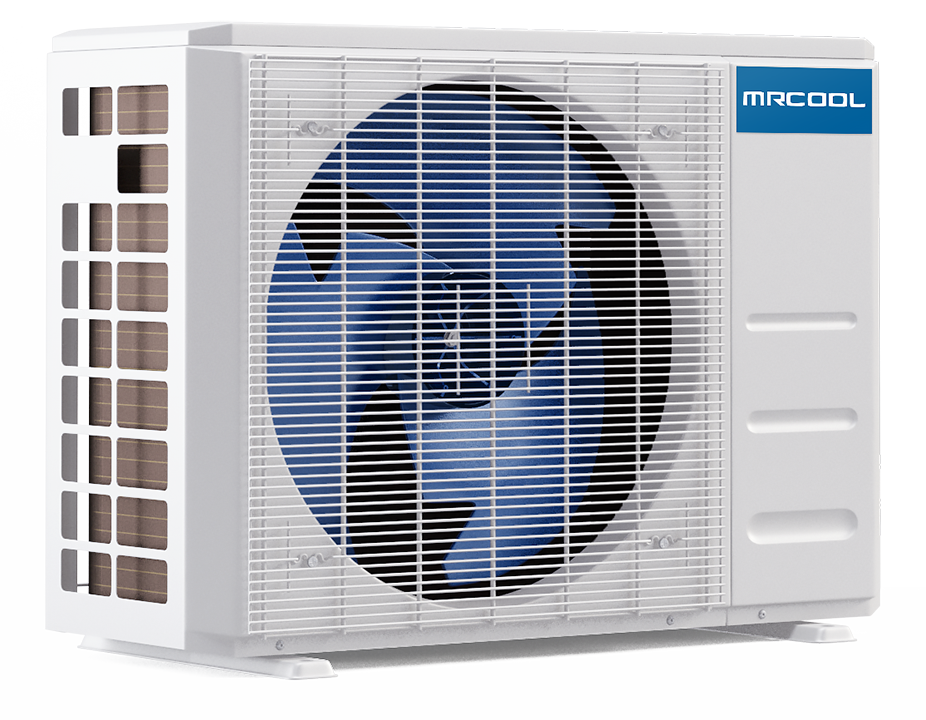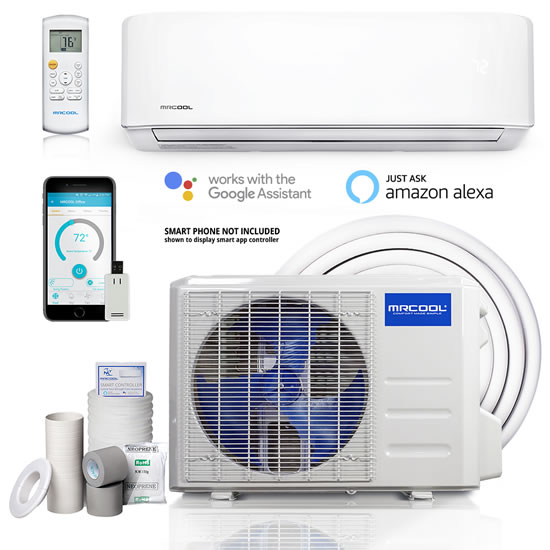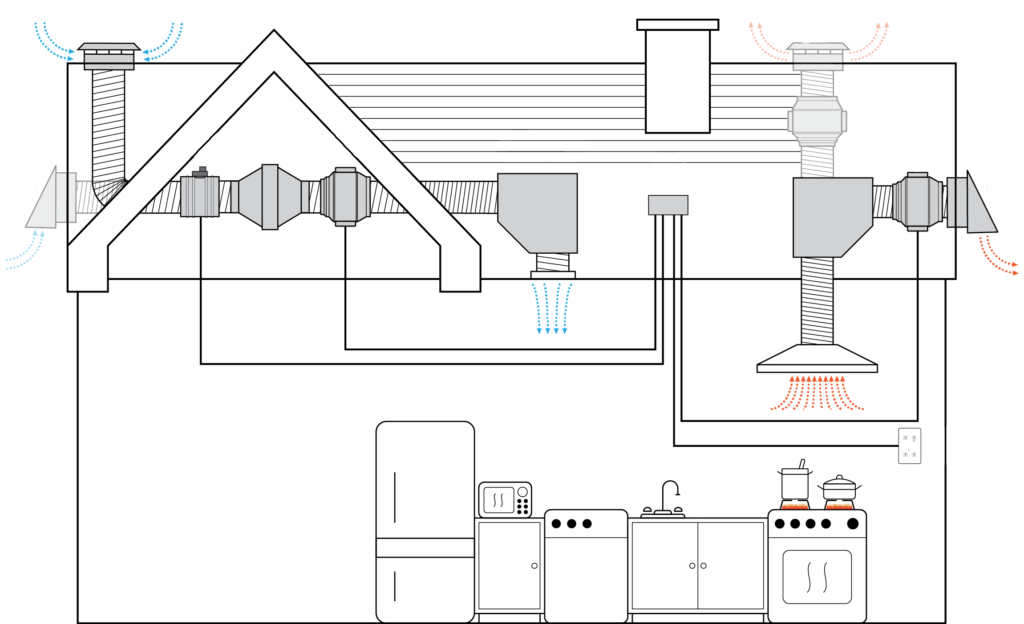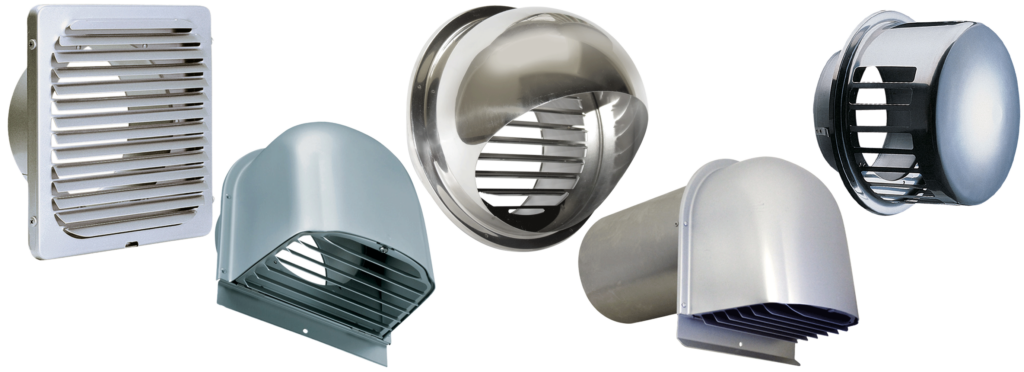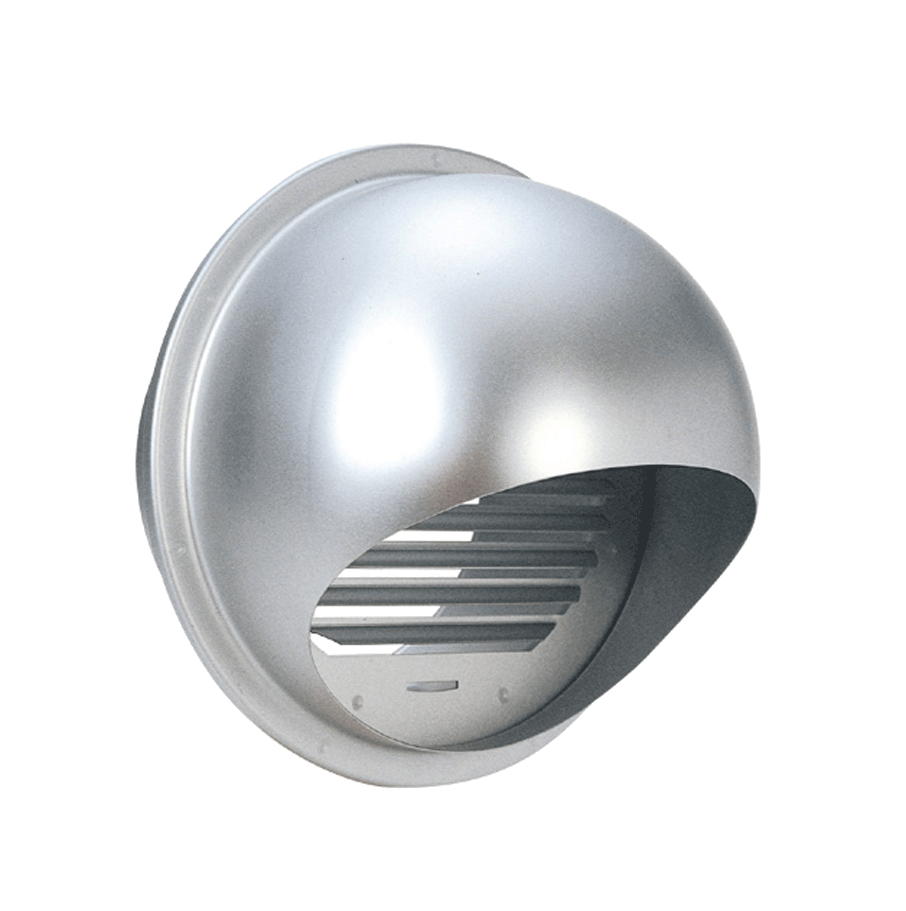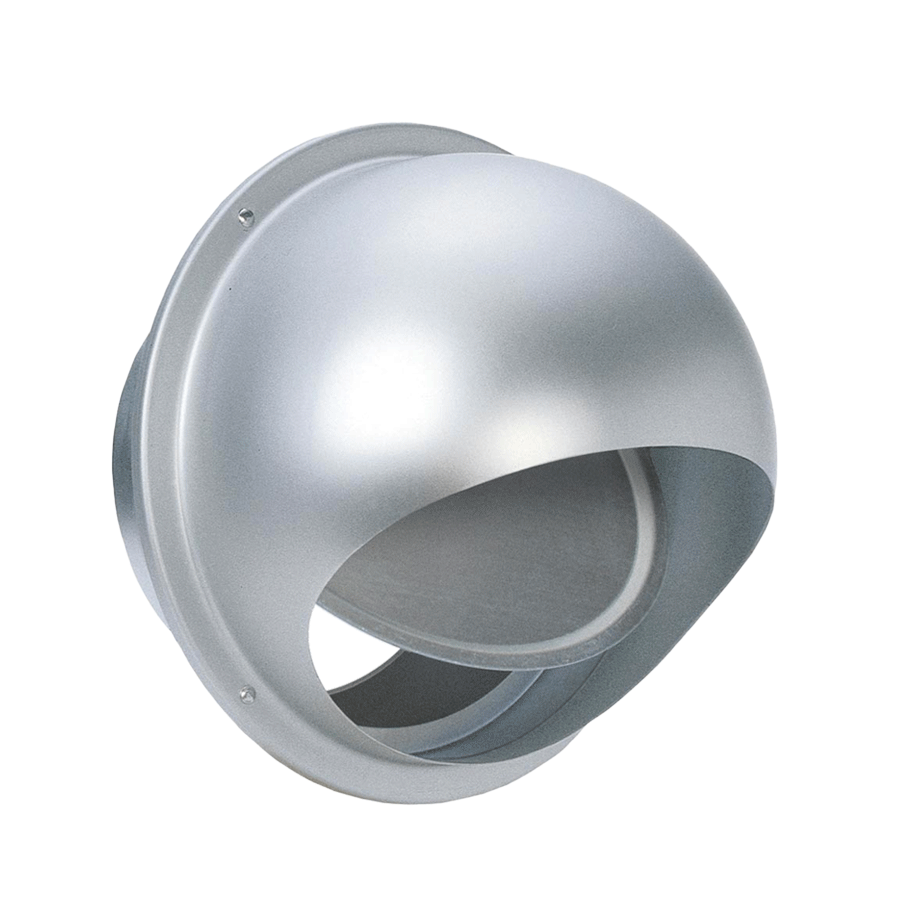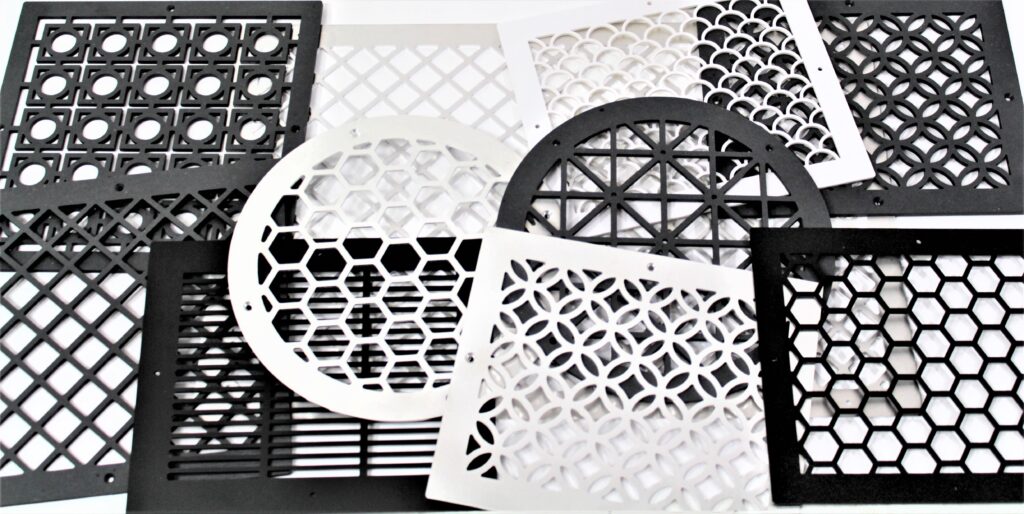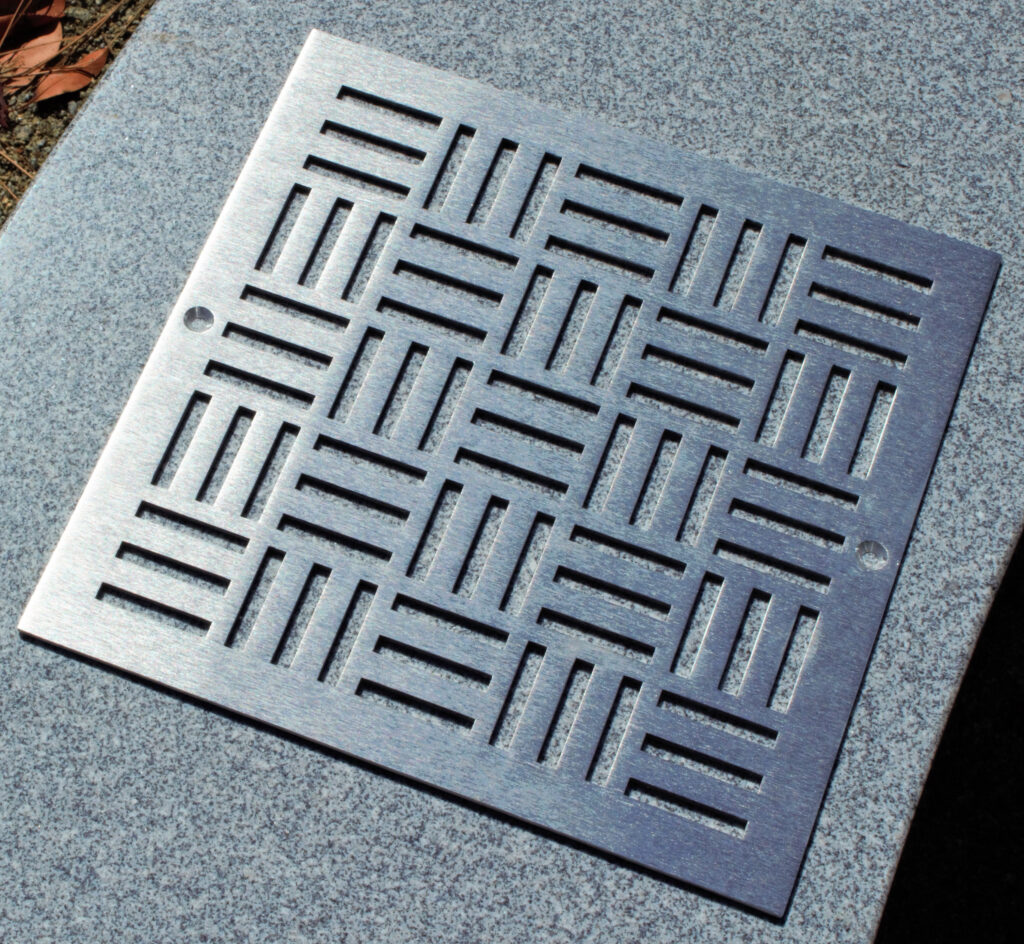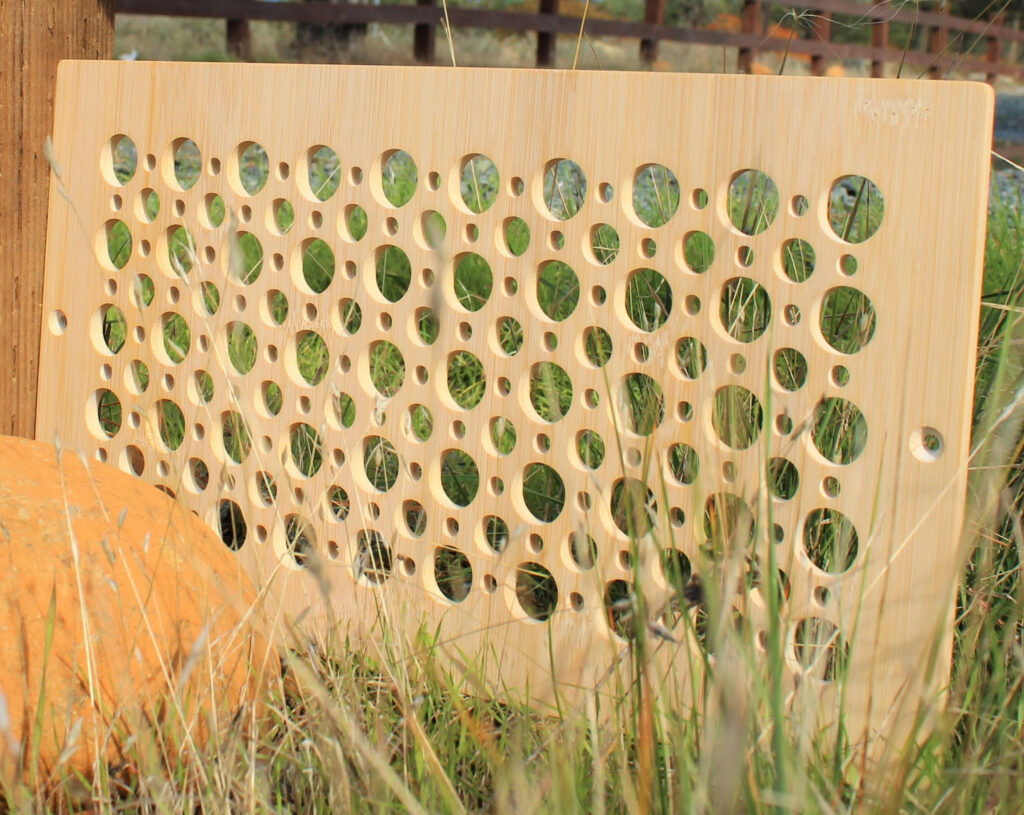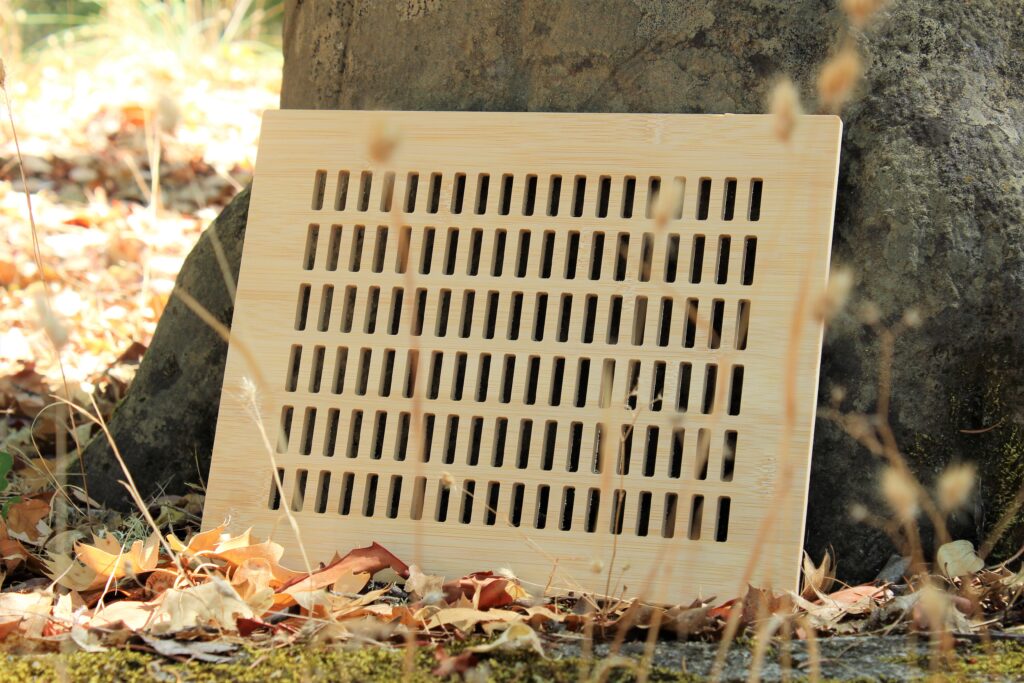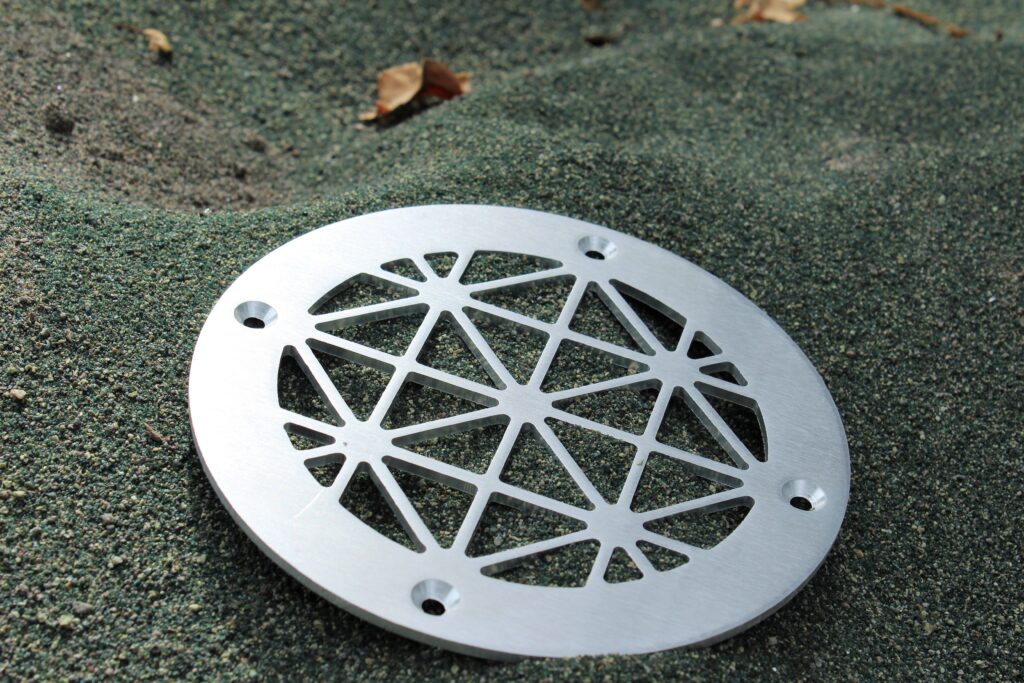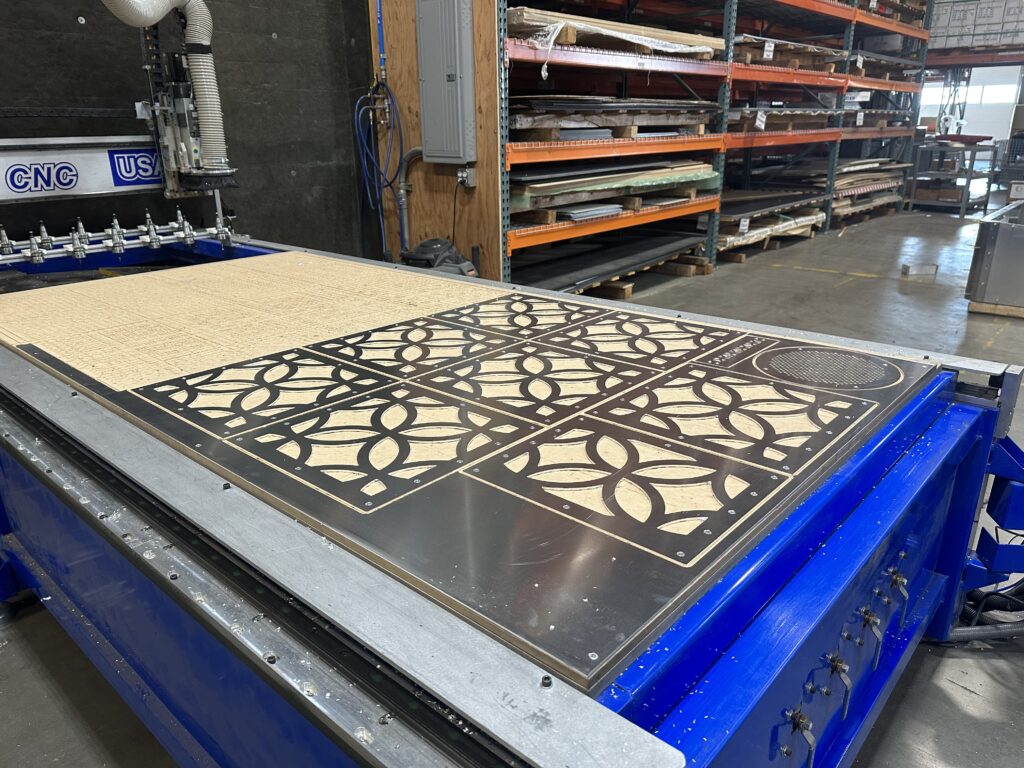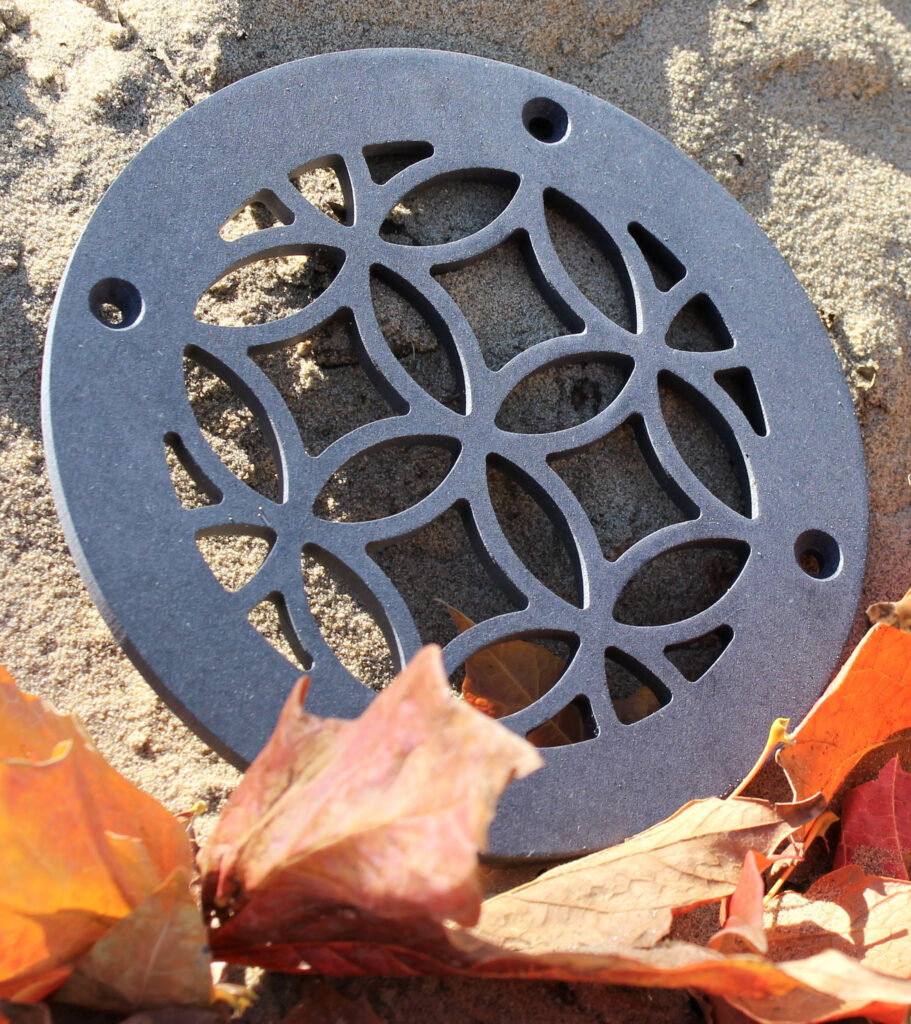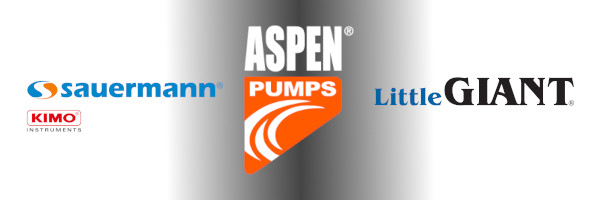Winter mornings can be a challenge. Stepping onto a cold tile floor can send shivers up anyone’s spine. But what if every step you took inside your home felt cozy and warm, no matter the season? Enter Warmup floor heating – the modern solution to home comfort.
What is Warmup Floor Heating?
Warmup floor heating is a state-of-the-art electric underfloor heating system designed to deliver consistent warmth across your floors. Gone are the days of relying solely on wall radiators or forced air to heat a room. With Warmup, your floor becomes the source of warmth, creating an enveloping feel that traditional heating methods simply can’t match.
Benefits of Warmup Floor Heating
- Uniform Heating: One of the primary advantages of Warmup is the consistent temperature distribution. No more cold spots in the room – just an even, comforting warmth from corner to corner.
- Energy Efficiency: Warmup systems can be more energy-efficient than traditional heating methods. With the heat source directly underfoot, less energy is wasted, potentially leading to savings on your energy bills.
- Safety First: Without any exposed hot surfaces or sharp edges, Warmup systems are child and pet friendly. Plus, with the absence of radiators, there’s more room for your furniture and décor.
- Sleek Controls: Modernize your home with advanced thermostats and control systems. Customize your heating preferences, optimize energy usage, and even control the system remotely.
Ideal for All Floor Types
Whether you have tile, stone, wood, or even certain carpets, Warmup is versatile enough to fit seamlessly beneath. This means you don’t have to compromise on your home’s aesthetics to enjoy the benefits of underfloor heating.
Warmup floor heating is more than just a luxury; it’s an investment in unparalleled comfort. With winter just around the corner, now might be the perfect time to consider upgrading your home’s heating system. Why settle for cold floors when you can experience the consistent and comforting warmth of Warmup underfloor heating?

